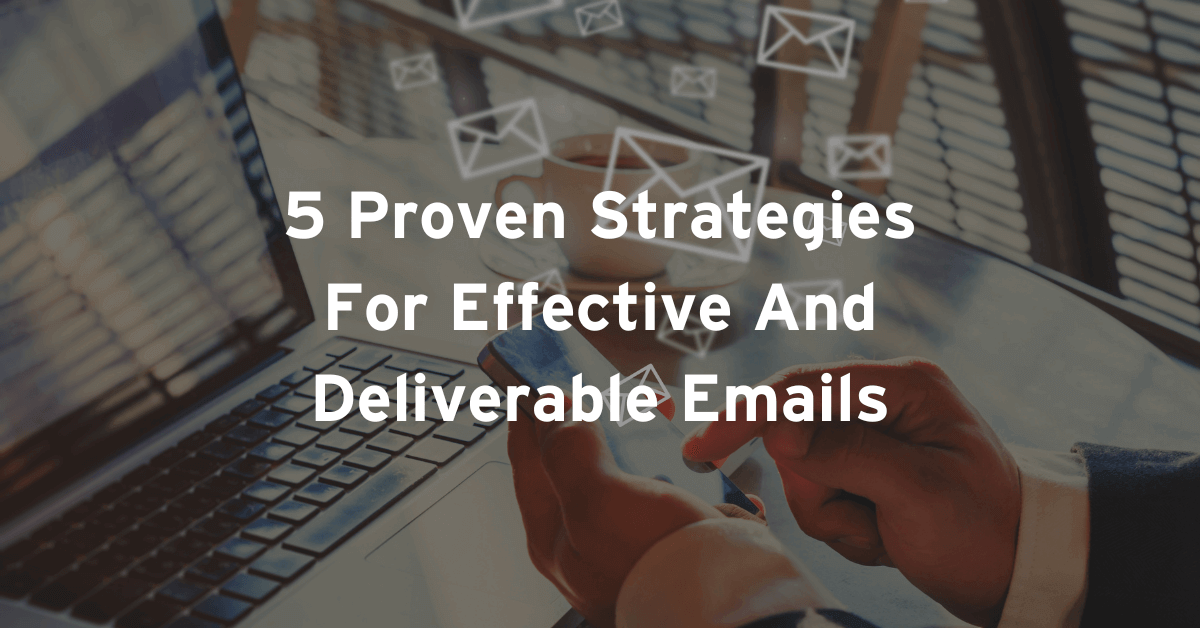There are a LOT of things that impact an email’s effectiveness. To be effective, it has to appeal to both the email service provider and to the consumer. Often, what matters to each of these groups are very different things. It’s important to strike the right balance so that you can accomplish your goal in sending an email. How can you make sure that your emails reach people?
The Email Service Providers
When evaluating an email, email providers care more about the behind-the-scenes stuff. This includes how heavy images are, the amount of content, and the types of links. This is where general best email practices come into play.

One best practice is giving consumers an opportunity to opt in (and opt out if they want) of your email campaigns. If you don’t give people a way to opt out, you’re breaking federal email laws and your campaign could get blacklisted or otherwise penalized. Let people choose how much and what types of email content they want from you. Quickly follow through on their preferences. Legally, you have to honor their request within 10 business days. Plus, the quicker you respond, the more a user will trust your brand.
What other email practices are required by law? Don’t use misleading or inaccurate header information such as your “To,” “From,” and “Reply-To” information. You want people to know where the email is really coming from, and the provider needs to know this too. Consumers don’t want to get an email from someone they don’t trust, and the email service provider doesn’t want to deliver them such an email.

Don’t mislabel the email either. The CAN-SPAM Act requires that email subject lines accurately reflect the content of the email. That includes ad information: emails are required to tell the consumer they are ads. How you choose to disclose this information is up to you.
How The Consumer Sees It
Now that you know the best practices to get into the consumer’s mailbox, how do you get them to look at your email? Consumers care about catchy subject lines and engaging and interactive content. Here are four things that will impact your email’s effect on the consumer:
Choice of Words
Email marketing offers a lot of freedom for trying out different copy until you find what works best for your audience. Every audience is different, so the content most suited to them is also different. That’s why it’s important to understand your demographics and who your audience is.
Personalized Content

Email is more than just delivered information. Over time, it forms a conversation between brand and consumer. Email is often the primary way a person interacts with a brand, and it can feel very one-on-one. There are some simple ways to make that interaction more memorable. One of these is to include the recipient’s name in the subject line and body of the email, which can be accomplished with most email automation software.

Beyond that, you can use audience segmentation to separate your audience into groups that share common characteristics like demographics and behavioral information. Using your audience segments to target your message to things that each group is actually invested in can greatly increase how personal your marketing will feel to the customer.
Brand Consistency

Since email is often one of the main touchpoints brands have with consumers, it’s vital to maintain brand consistency. The consumer needs to recognize the message as coming from your brand. This consistency builds loyalty and trust and helps the consumer maintain a connection to your brand.
What brand elements should you include in your emails? Your logo, brand colors, and fonts are a good place to start. However, due to the nature of email, you don’t want to overcrowd with branding. Instead, think about the tone and feeling. Ask yourself, “Does how my emails are set up feel like how my brand feels?”
Don’t waste people’s time

The average office worker receives 127 emails every day. People don’t have time to read lengthy emails that don’t provide them legitimate value. Email copywriting is about providing value as quickly and simply as possible. Be direct and to the point, and don’t “word vomit” on people. Use infographics, bullet points, and short paragraphs to highlight the important points of your message.
Before you send out a campaign, think: “What would make me open an email?”





